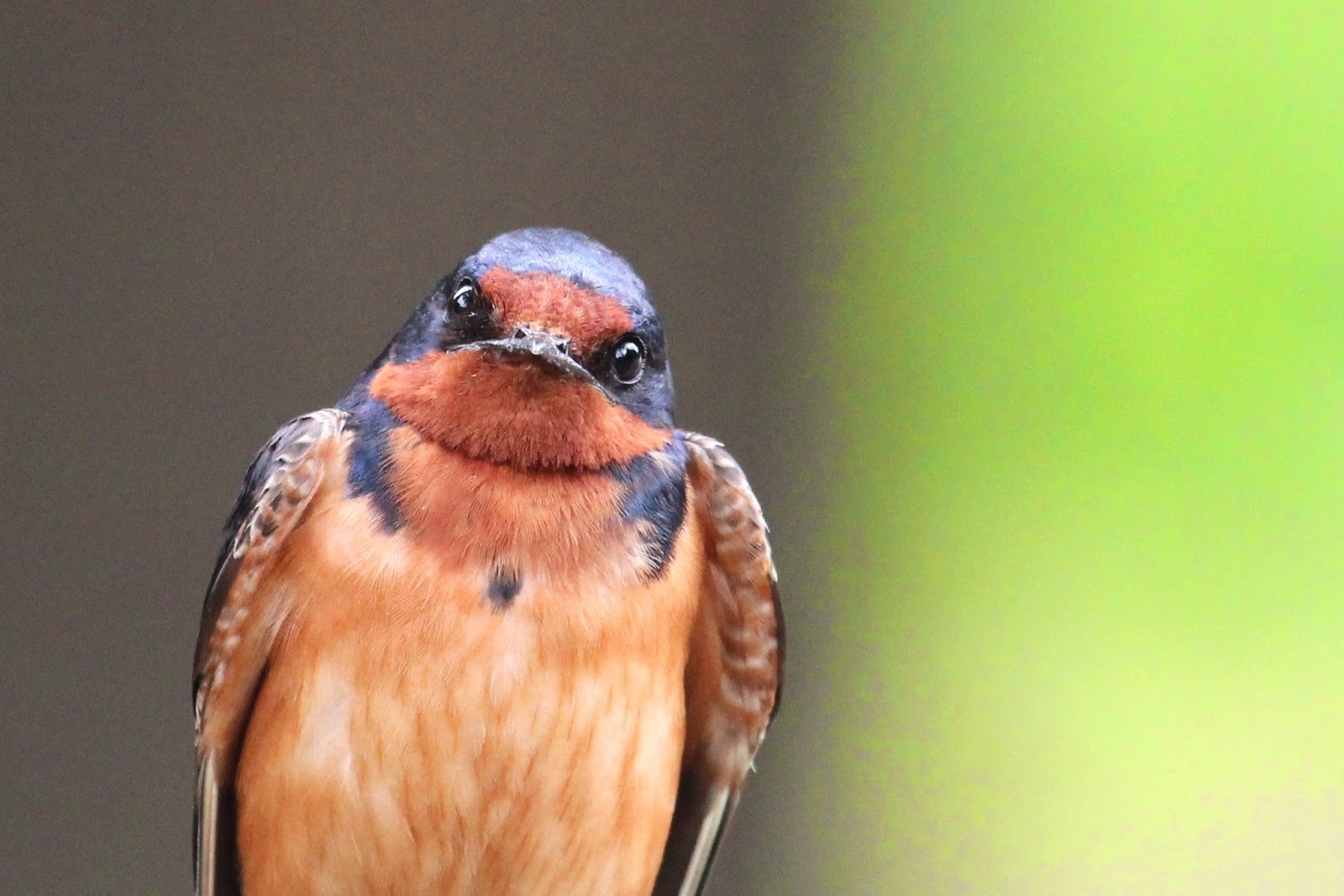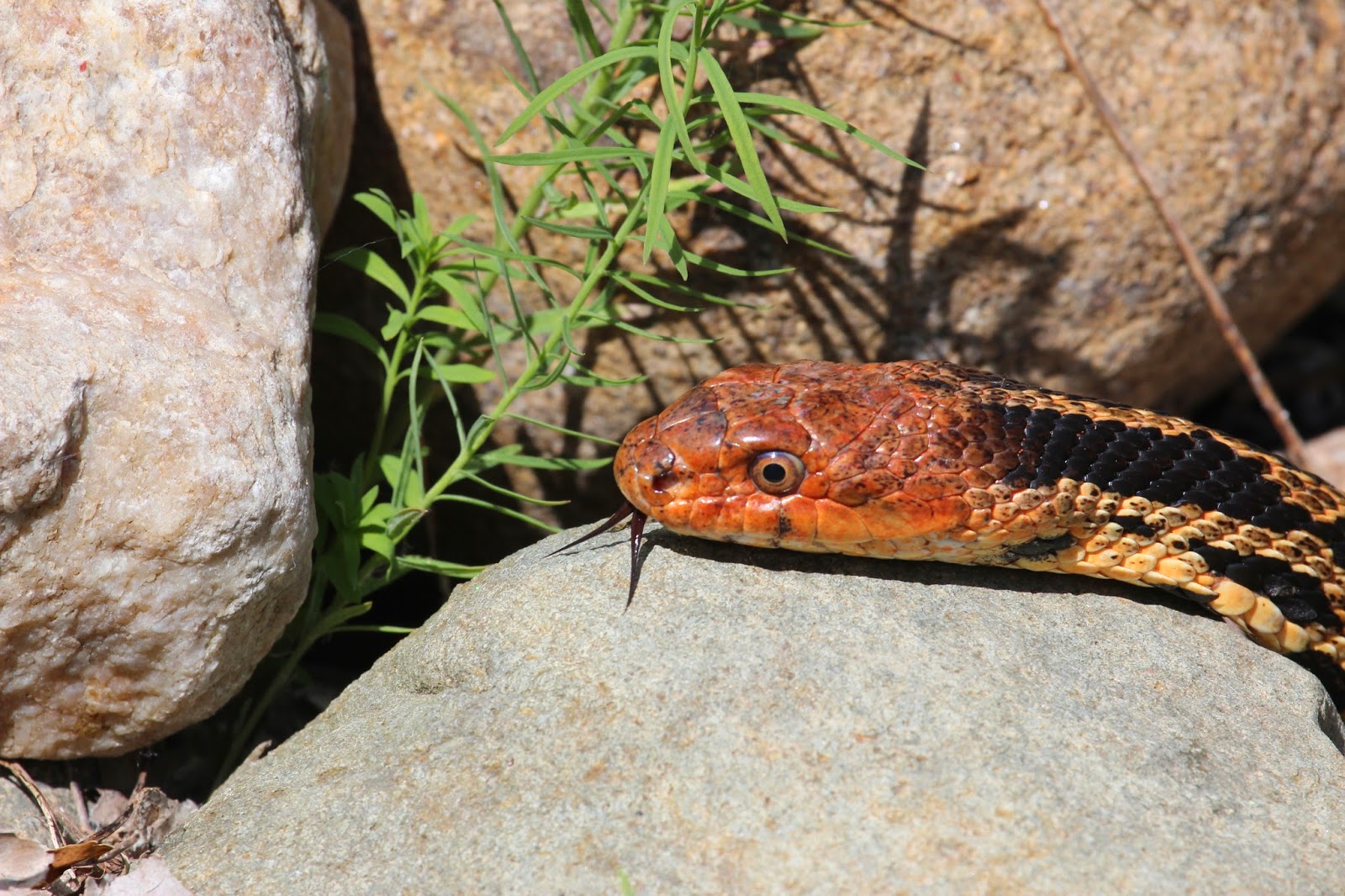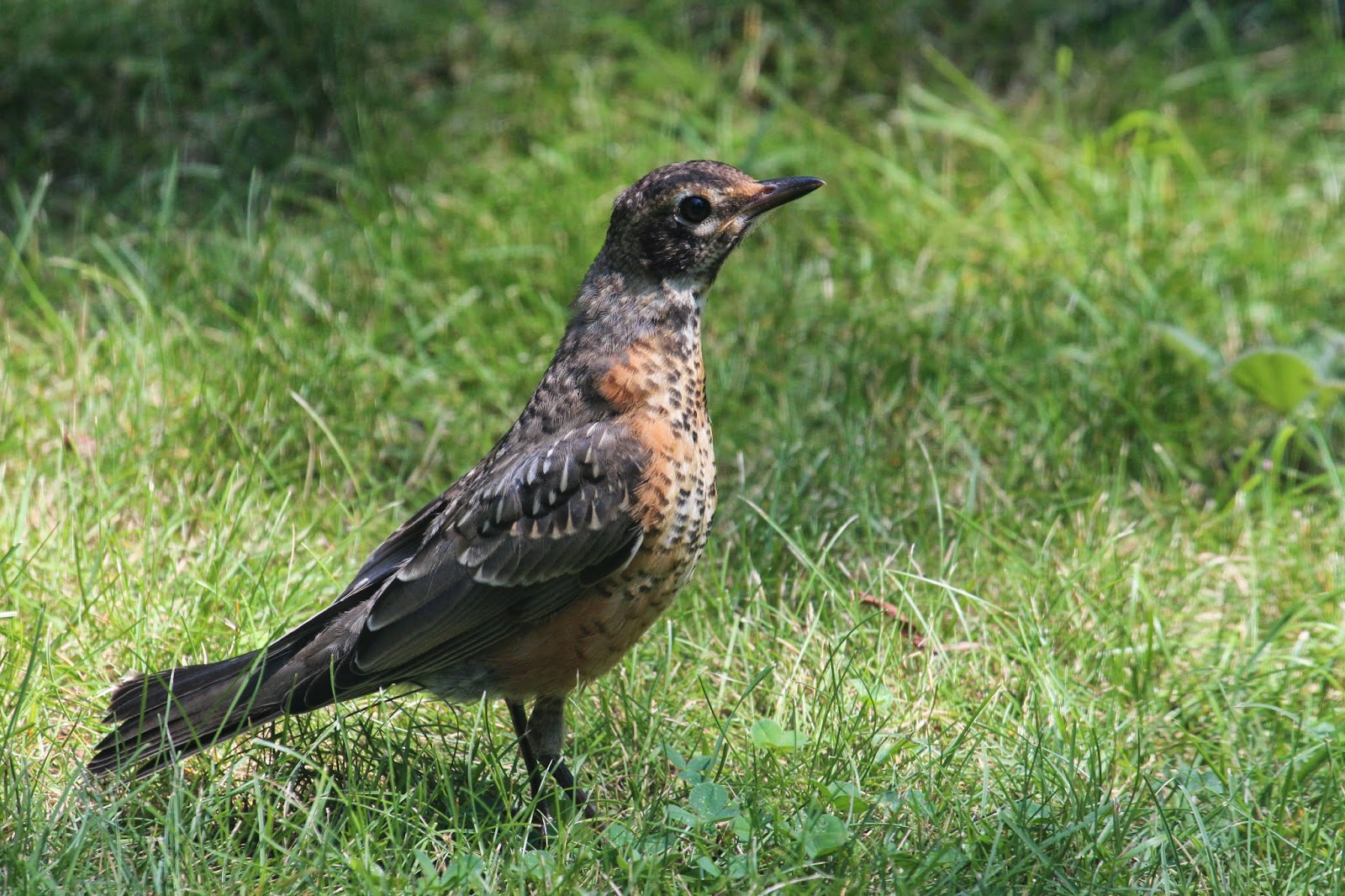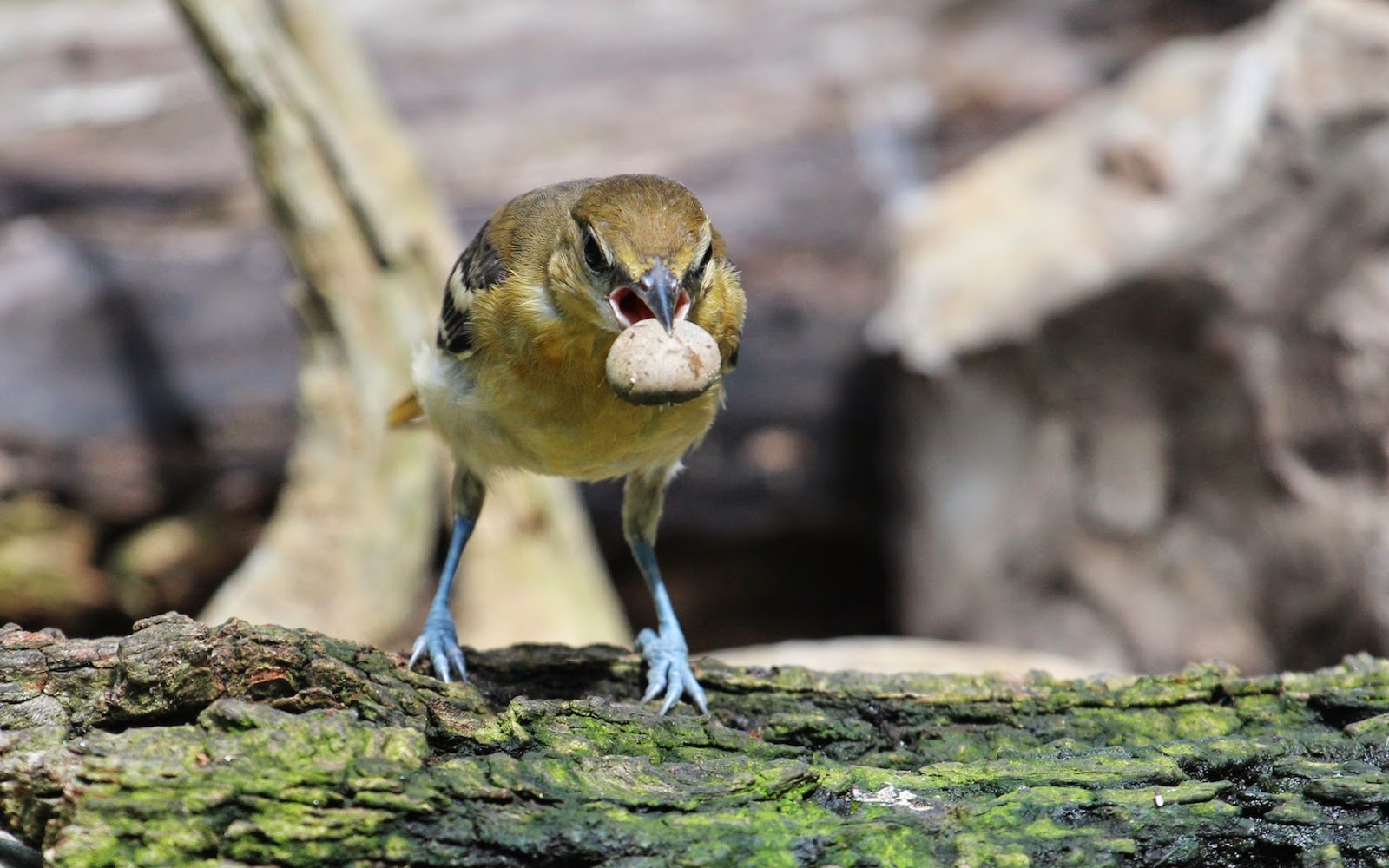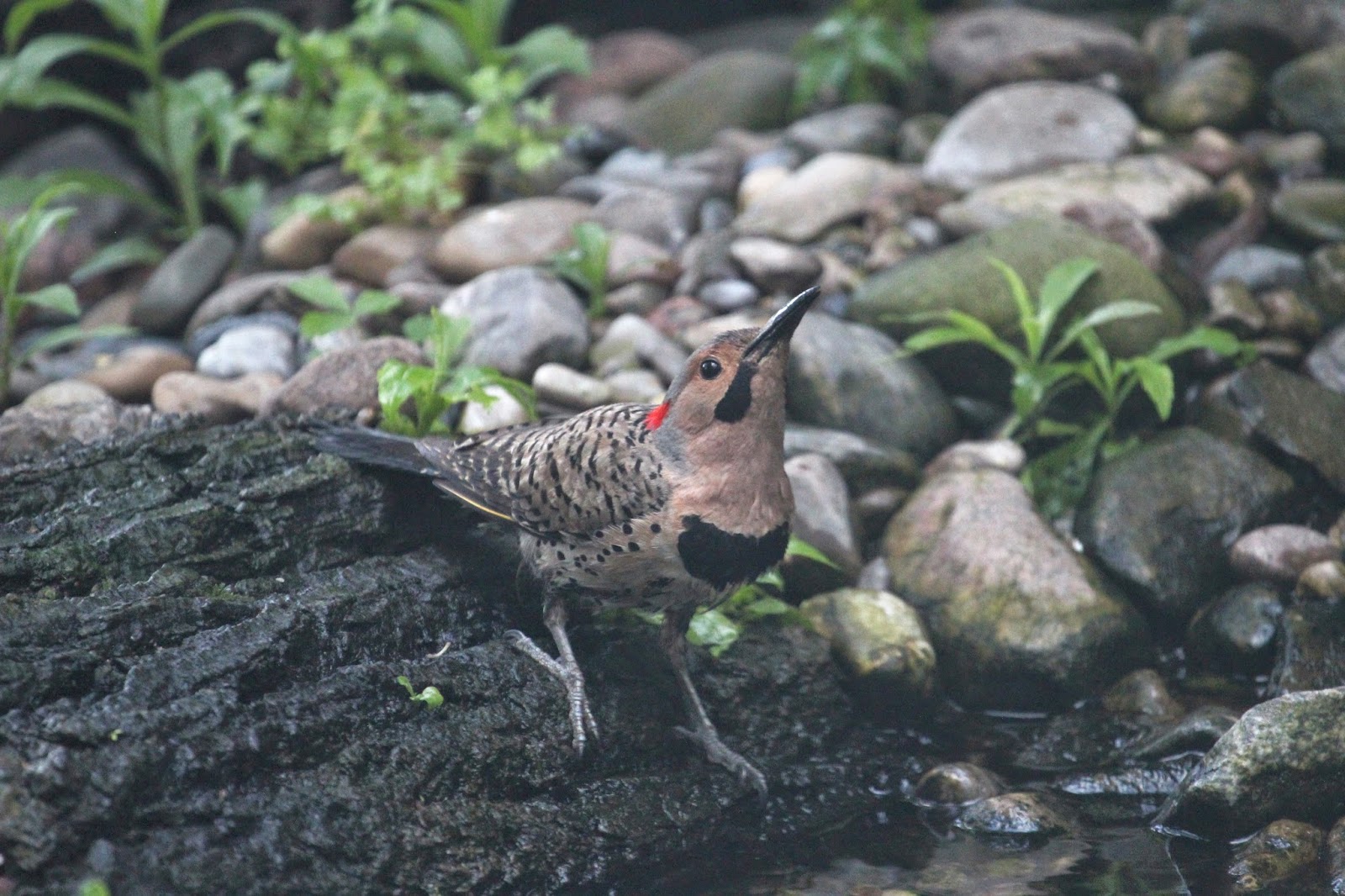How did you get that photo of the bird?

I have been asked, so here it is. You sit in the equivalent of a tent with fold down flaps and wait and wait etc... for a bird to come by. Hopefully the light is good and the bird doesn't take off as you hit the shutter. I've gotten to know approximately when the birds tend to come which helps reduce the wait time, but there is no substitute for patience. The pond is about 15 feet in front of the blind, or as my Scottish friends say, the hide. Photo by Anne.






